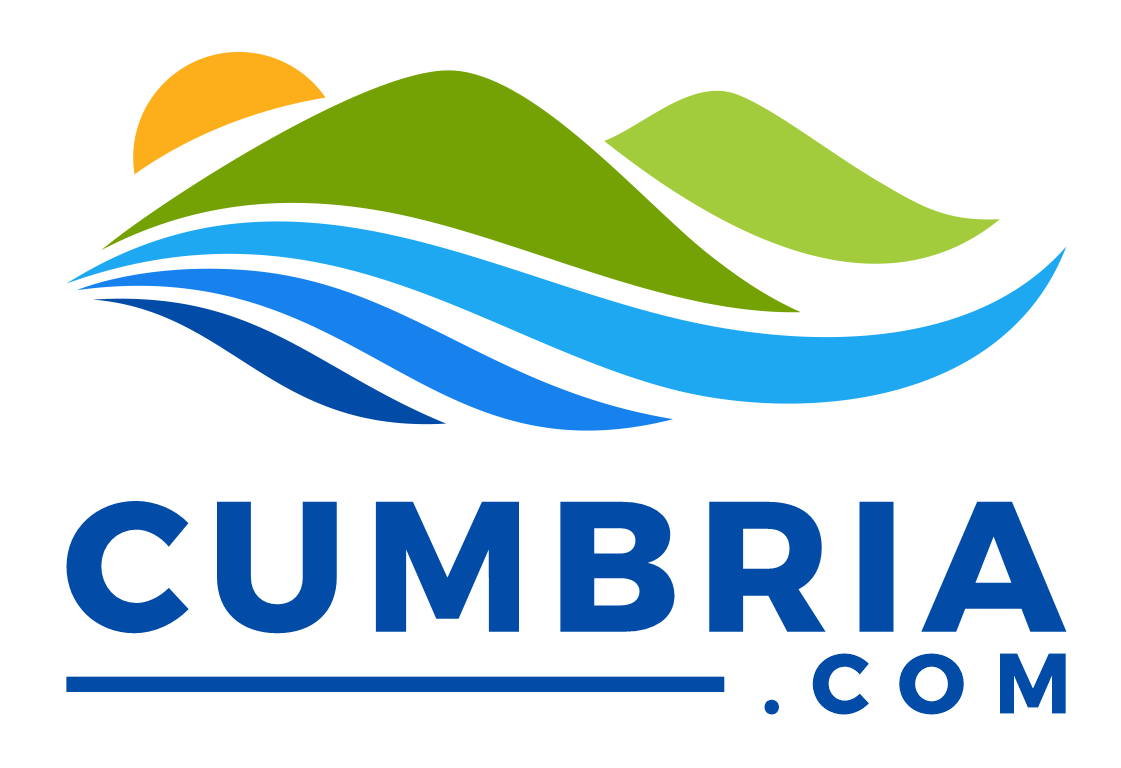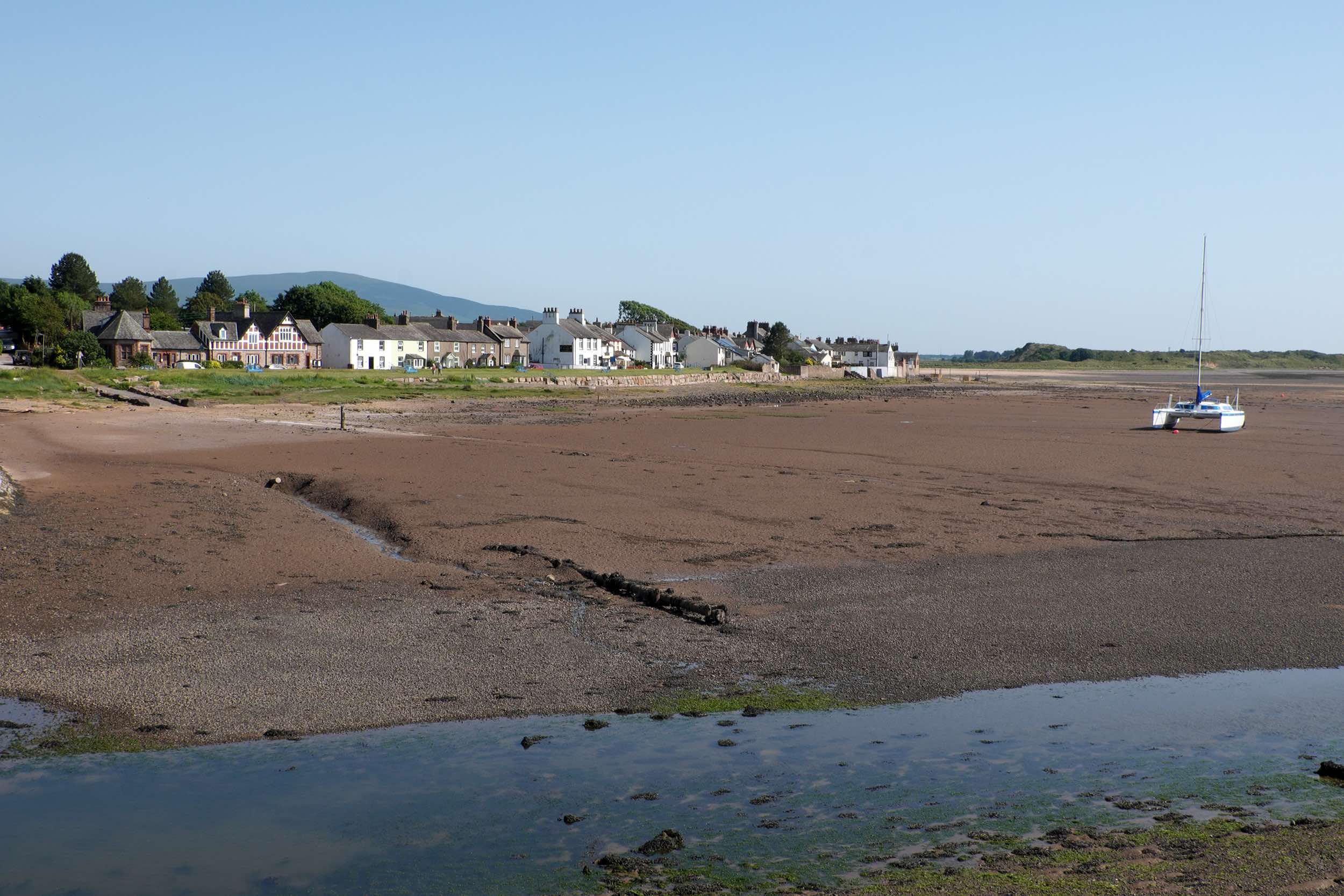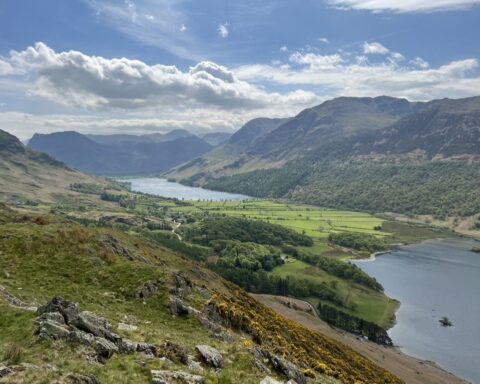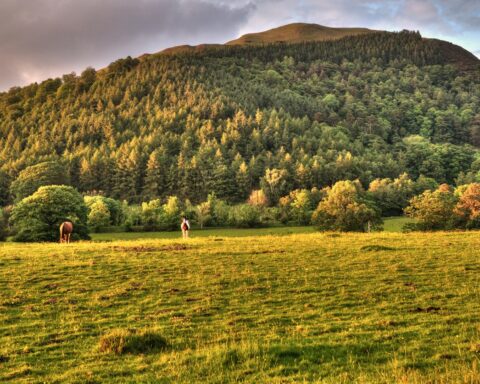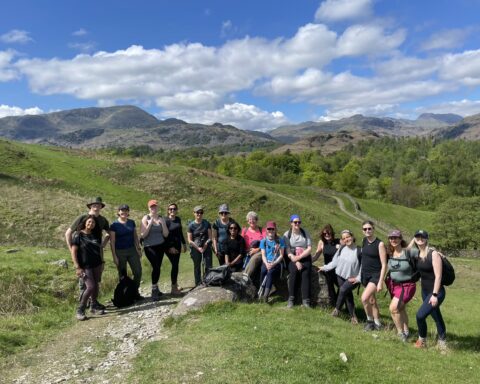Exploring Ravenglass: A Unique Coastal Settlement
The tranquil coastal settlement of Ravenglass enjoys a unique status in Europe. It’s the only village that falls within two World Heritage sites. It lies on the western edge of the Lake District site, designated by UNESCO in 2017. Ravenglass is also part of the Frontiers of the Roman Empire site, which also takes in Hadrian’s Wall.
Roman Legacy: Glannoventa and Walls Castle
In Roman times, Ravenglass, then known as Glannoventa, was a major port, but all that remains today of this ancient settlement is its old bath-house, now called Walls Castle. The ruins stand more than 11ft high, among the tallest Roman constructions in northern England. Entry is free and the site is unfenced.
Coastal Beauty: Estuary and Nature Reserves
The rows of neat little fishermen’s cottages that line the main street of Ravenglass look out on to an estuary. This is where three rivers meet – the Esk, the Irt and the Mite. Two nature reserves, Eskmeals and Drigg, are situated in the estuary. The salt marshes and extensive dune systems are home to hundreds of plant species, ground-nesting birds and rare natterjack toads.
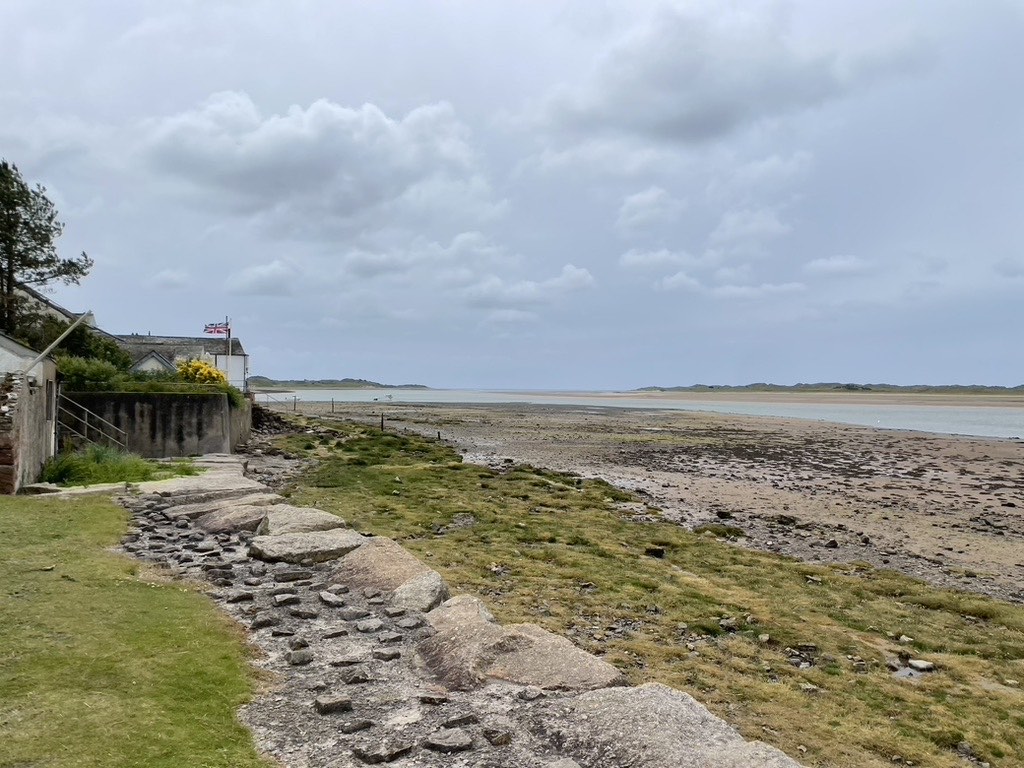
Tranquility and Accessibility
Ravenglass is a quiet spot; the main A595 bypasses the village, so there is no through traffic. The Cumbrian Coast railway line, from Carlisle to Barrow-in-Furness, stops here and links up with the Ravenglass and Eskdale Railway. Known affectionately as the La’al Ratty – la’al being local dialect for ‘little’ – this narrow-gauge line runs up into Eskdale, as far as Dalegarth (Boot).
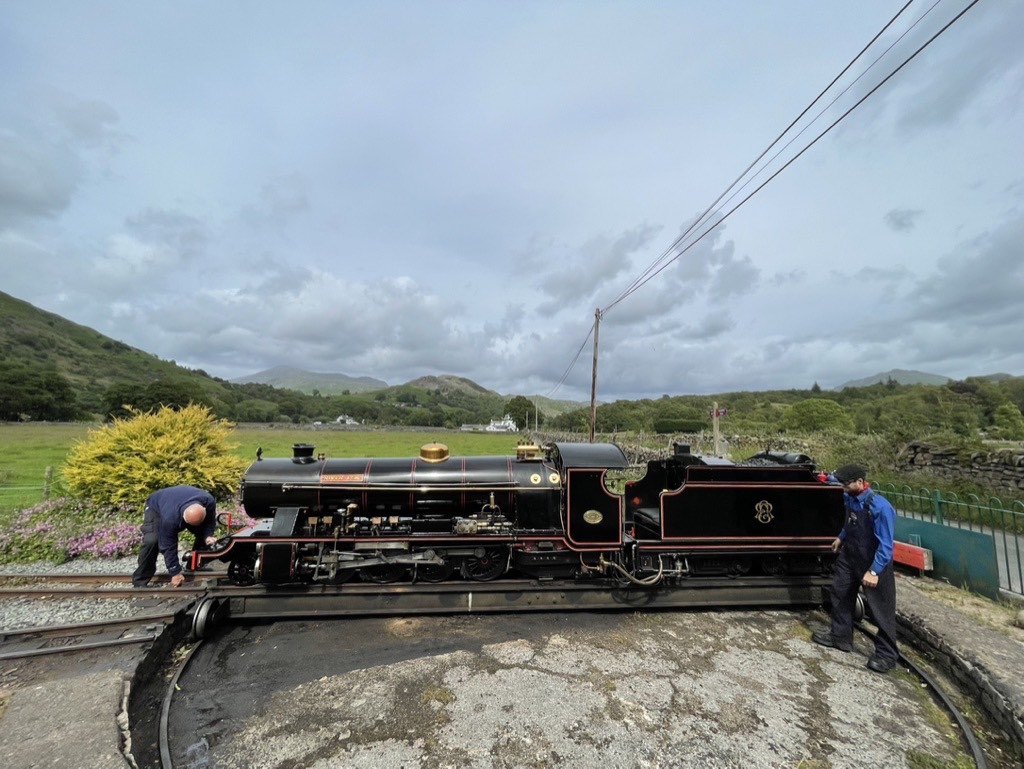
Must-Visit Attraction: Muncaster Castle and Gardens
One of the biggest attractions in the area is the historic house and gardens of Muncaster Castle, a couple of minutes’ drive east of Ravenglass
